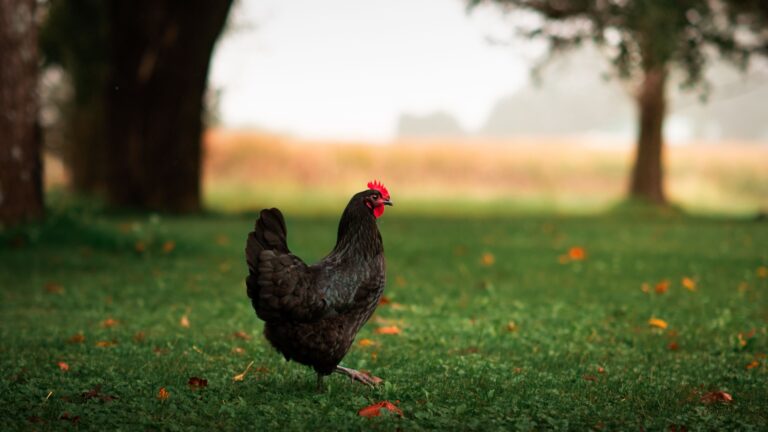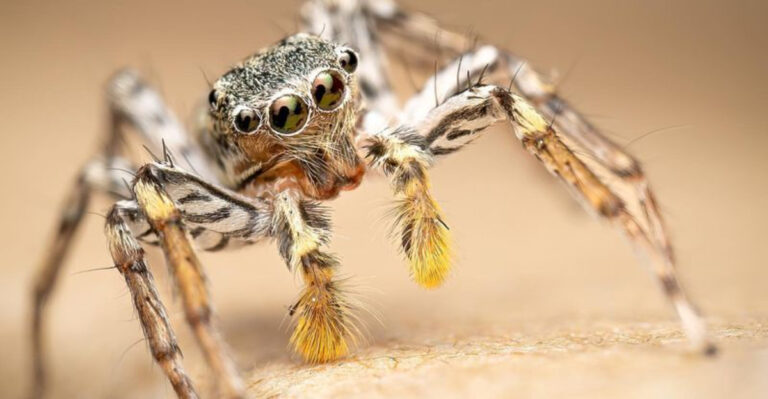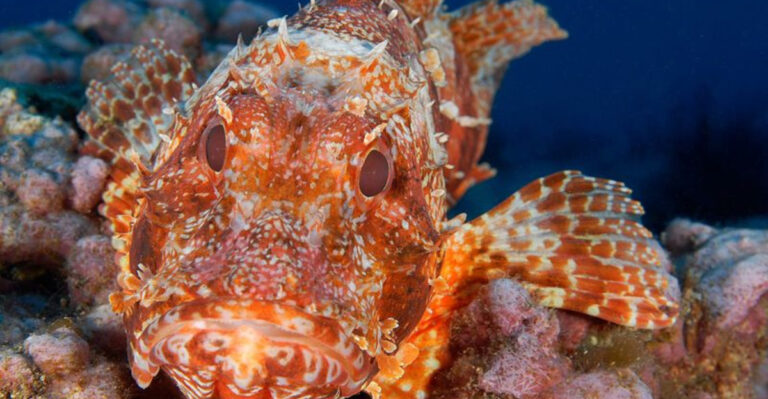14 Animals With The Toughest Skin And How It Helps Them Survive
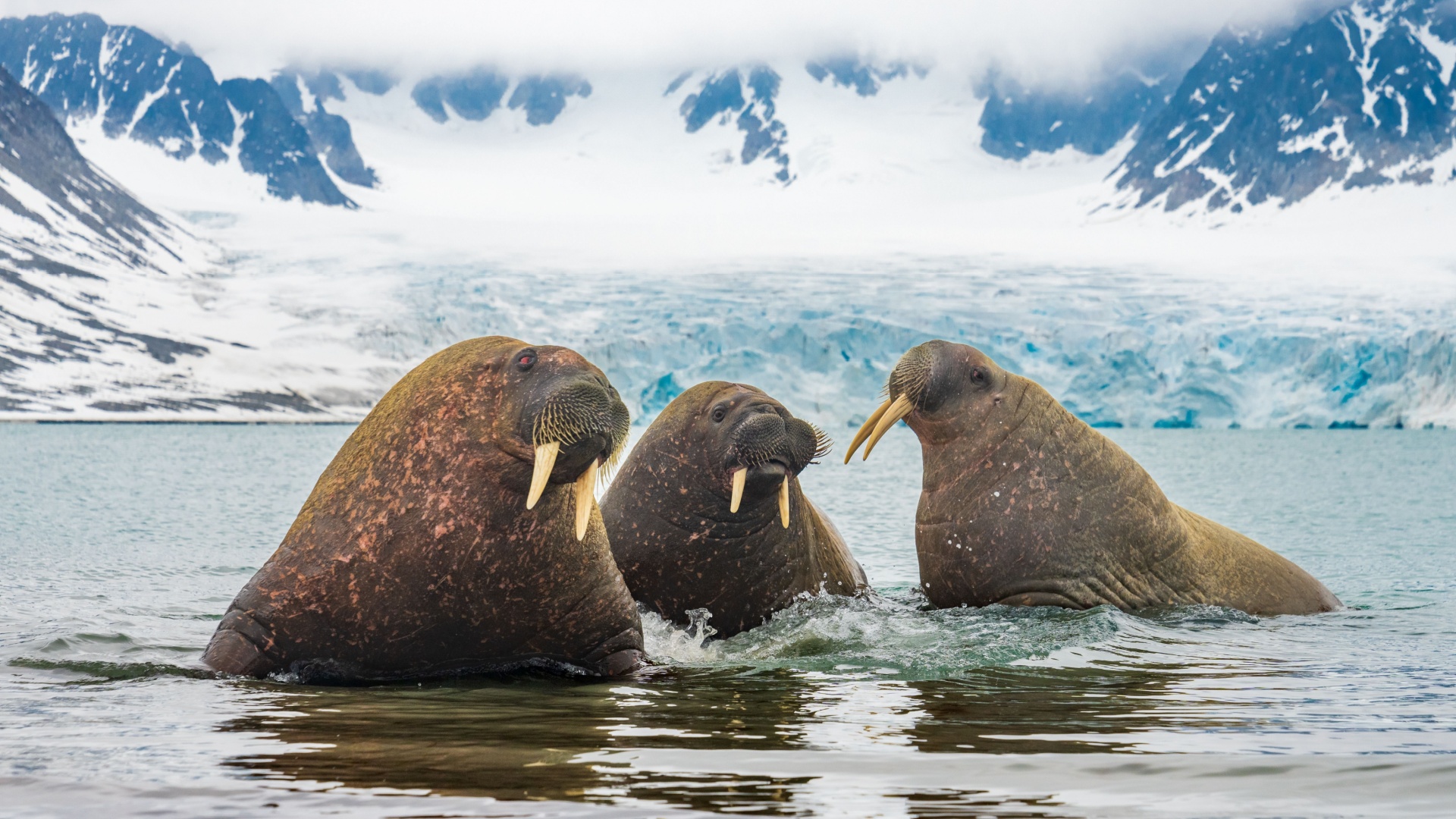
In the wild, survival isn’t just about speed or strength – it’s also about toughness! Some animals come equipped with skin so thick, rough, or armored that predators don’t stand a chance.
From rhinos with built-in body armor to sharks with sandpaper-like skin, these creatures are walking fortresses. Their tough hides protect them from bites, scratches, harsh weather, and even deadly attacks.
But how does it all work? Let’s take a closer look at the animals with the toughest skin and the incredible ways it helps them stay alive!
1. Armadillo
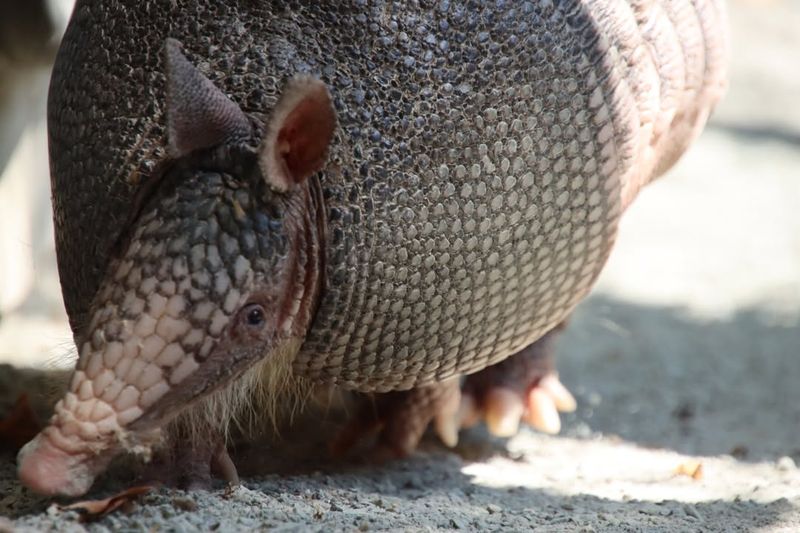
Armadillos are fascinating creatures known for their armor-like shells. This unique adaptation consists of bony plates covering their back, head, legs, and tail. These plates, called osteoderms, provide excellent protection against predators, enabling armadillos to curl up into a ball when threatened. The tough skin of an armadillo isn’t just for defense; it also helps them dig for food.
With sharp claws and a powerful nose, they can root around in the soil to find insects and other small creatures. Additionally, their hardy skin allows them to burrow quickly, creating underground homes that provide safety. Armadillos thrive in a variety of environments due to their durable skin, which shields them from harsh weather conditions.
This adaptability is one reason they have successfully spread throughout the Americas. Their remarkable shell not only defines their appearance but is a crucial part of their survival strategy, making them one of nature’s most intriguing armored animals.
2. Rhinoceros
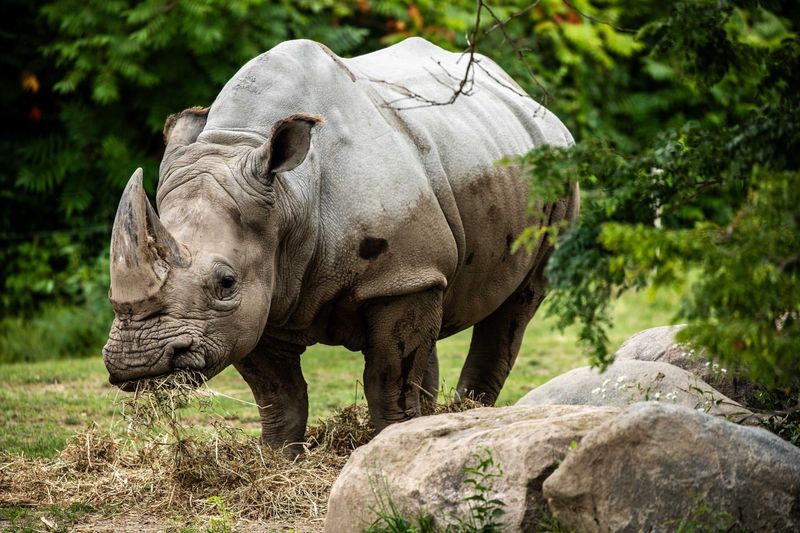
Rhinoceroses are often recognized for their immense size and imposing horns, but their skin is equally remarkable. This thick, grey hide can be as much as two inches thick and serves as a formidable barrier against predators. The skin’s tough texture is resistant to cuts and abrasions, offering rhinos protection during confrontations with rivals or threats.
Despite its toughness, a rhino’s skin is sensitive and requires regular wallowing in mud. This behavior not only cools them down but also serves as a natural sunscreen and insect repellent. The mud cakes onto their skin, forming an additional protective layer.
In the wild, the rhinoceros’s skin is a crucial survival tool, enabling them to thrive in diverse habitats, from grasslands to savannas. This resilience is one reason rhinos have existed for millions of years, adapting to changing environments while keeping their formidable defenses intact.
3. Crocodile
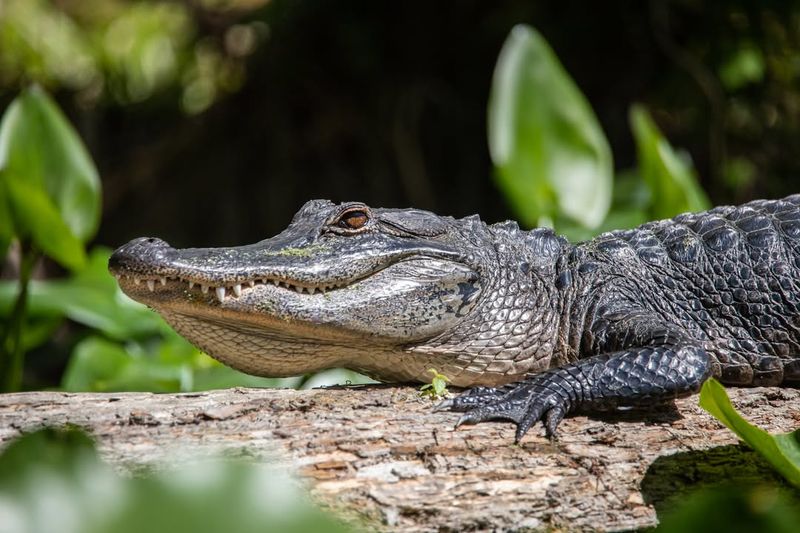
Their bodies are covered with tough, scaly armor, made from bony deposits known as osteoderms. These scales offer remarkable protection against predators and environmental wear and tear, contributing to their longevity as a species. The skin’s structure not only provides defense but also aids in camouflage.
The scales blend seamlessly with the murky waters they inhabit, allowing crocodiles to ambush prey with incredible stealth. Additionally, this tough exterior helps retain moisture, enabling them to survive in hot, arid climates.
Crocodiles’ skin can also sense pressure changes in water, alerting them to nearby movement. This sensory adaptation adds to their effectiveness as predators. The combination of armor-like protection and sensory abilities makes crocodile skin one of nature’s most efficient survival tools.
4. Elephant
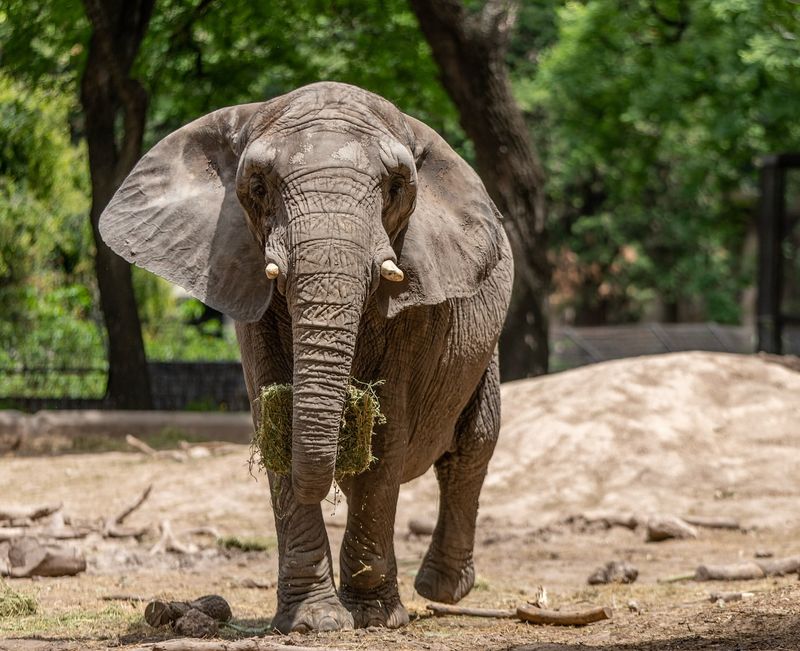
These gentle giants of the animal kingdom have skin that plays a critical role in their survival. Their skin can be up to an inch thick, providing protection against physical injuries and harsh environmental conditions. The wrinkles and folds increase the surface area, helping to retain moisture and regulate body temperature.
Despite its tough appearance, elephant skin is quite sensitive and requires regular care. They often engage in dust baths, which help to keep their skin healthy by removing parasites and protecting against sunburn. Mud baths further aid in providing a cooling layer. Elephants’ skin also serves a social function, as they use touch to communicate with herd members.
This combination of durability and sensitivity makes their skin an essential adaptation for life in diverse climates, from African savannas to Asian forests. These remarkable mammals rely on their skin as both a shield and a sensory organ, integral to their daily lives.
5. Hippopotamus
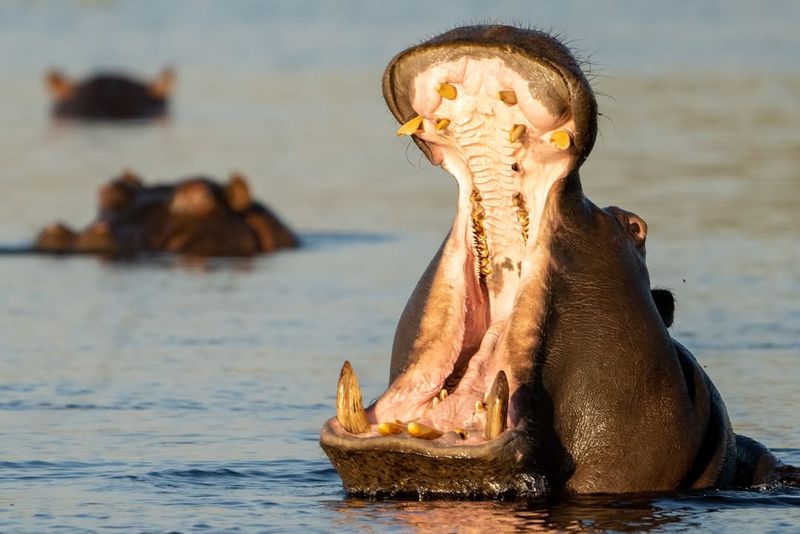
Hippopotamuses are unique creatures with skin that is both robust and specialized. Their dense, nearly hairless hide can weigh several hundred pounds, acting as a protective barrier against predators and rough terrains.
This tough skin is complemented by a special secretion known as “blood sweat,” which provides sunscreen and keeps their skin moist. The skin’s toughness allows hippopotamuses to spend most of their time in water without suffering from the damaging effects of prolonged exposure. It also helps them navigate rocky riverbeds and fend off attacks from rivals or predators.
Furthermore, the thick skin aids in thermoregulation, helping these massive animals maintain a stable body temperature in the heat. Hippopotamuses are an extraordinary example of how tough skin adaptations enable survival in both aquatic and terrestrial environments, ensuring their dominance in African waterways.
6. Pangolin
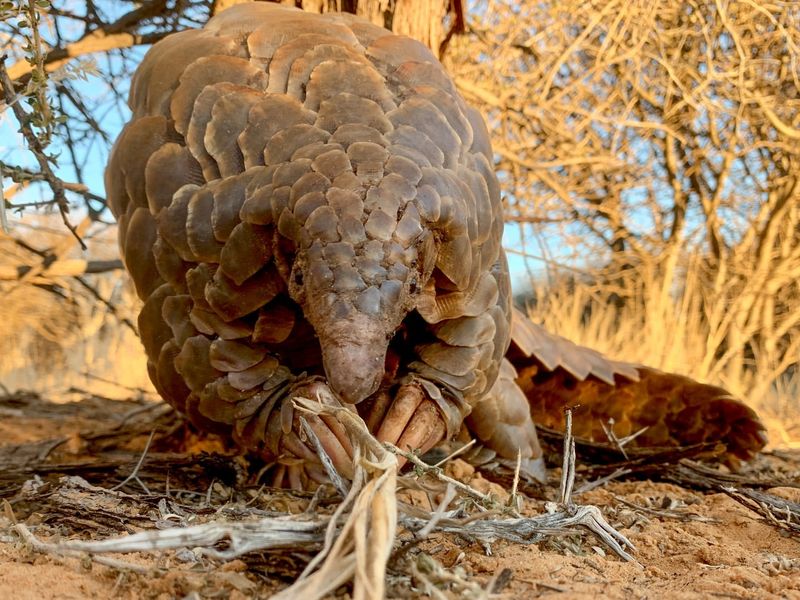
Pangolins are remarkable for their unique armor of overlapping scales, providing one of the most effective natural defenses in the animal world. These scales are made of keratin, the same material found in human fingernails, and give the pangolin an almost impenetrable shield against predators.
When threatened, pangolins can roll into a tight ball, protecting their vulnerable underparts and presenting only their tough scales to attackers. This defensive strategy deters even the most determined predators. Beyond protection, their scales also facilitate digging. Pangolins use their powerful claws and robust scales to break into ant and termite nests, accessing a rich food source.
This combination of defensive and practical uses underscores the importance of their tough skin, making pangolins a uniquely adapted and intriguing species.
7. Komodo Dragon
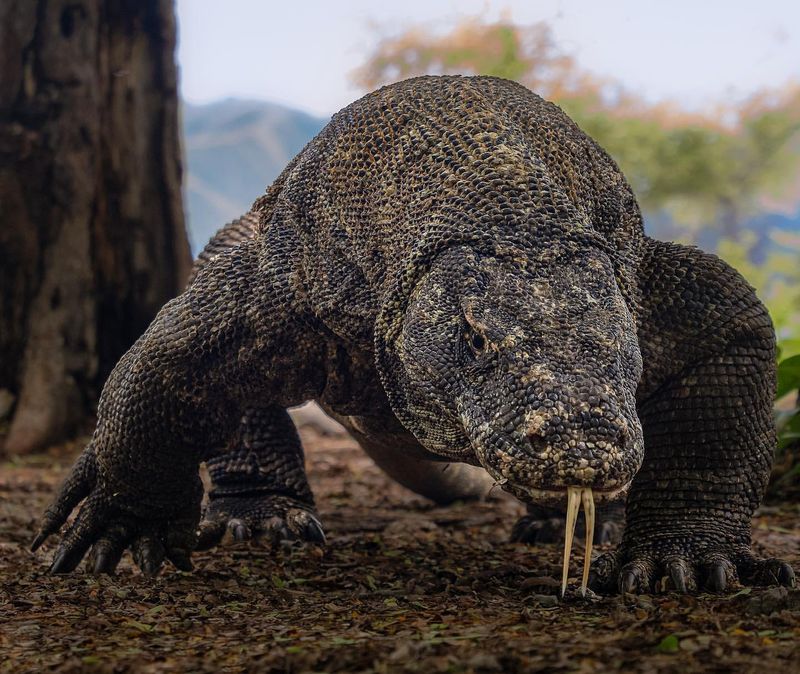
The largest living lizard boasts skin that is as tough as its reputation. This leathery skin, covered in bony plates called osteoderms, provides excellent protection against the harsh environments of their native Indonesian islands.
It also offers a formidable barrier during battles with other dragons. In addition to protection, their skin helps in thermoregulation. The dark color absorbs heat, allowing Komodo dragons to maintain a stable body temperature in fluctuating climates.
This adaptation is crucial for their cold-blooded metabolism. Their rugged skin also plays a role in their predatory lifestyle, allowing them to move stealthily through various terrains.
This formidable combination of protection, temperature regulation, and stealth capacity makes the Komodo dragon’s skin an essential aspect of its survival strategy.
8. Giraffe
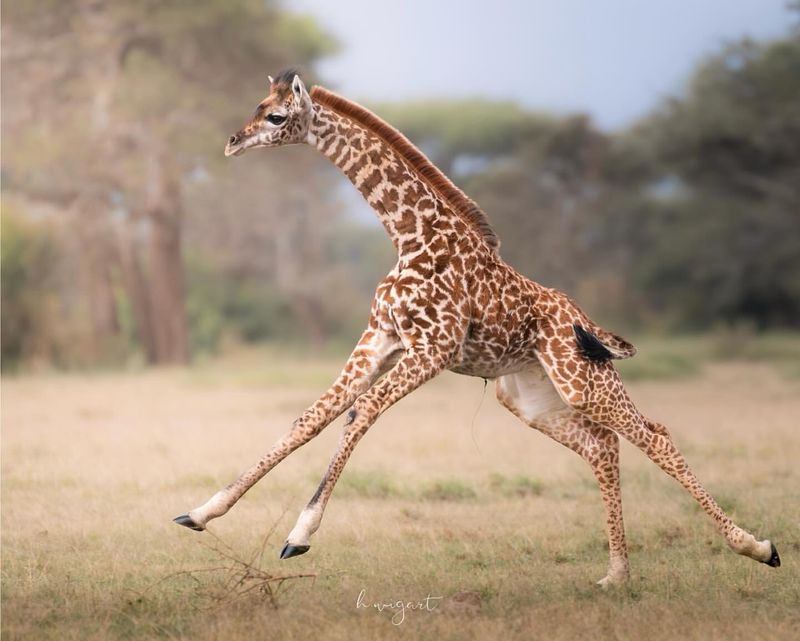
Giraffes, known for their towering height and graceful necks, also possess skin that aids in their survival. Their skin is not only thick and durable, protecting against the thorny vegetation of the African savanna, but it also features unique patterns that serve as camouflage.
These spots and patches help giraffes blend into their surroundings, breaking up their outline and making it harder for predators to spot them from a distance. The skin’s toughness also protects against insect bites and harsh sun exposure, vital in their arid habitats.
Moreover, giraffes’ skin plays a role in thermoregulation, helping them maintain a stable body temperature despite extreme heat. This combination of camouflage, protection, and temperature regulation highlights the multifaceted role of giraffe skin in their survival.
9. Alligator
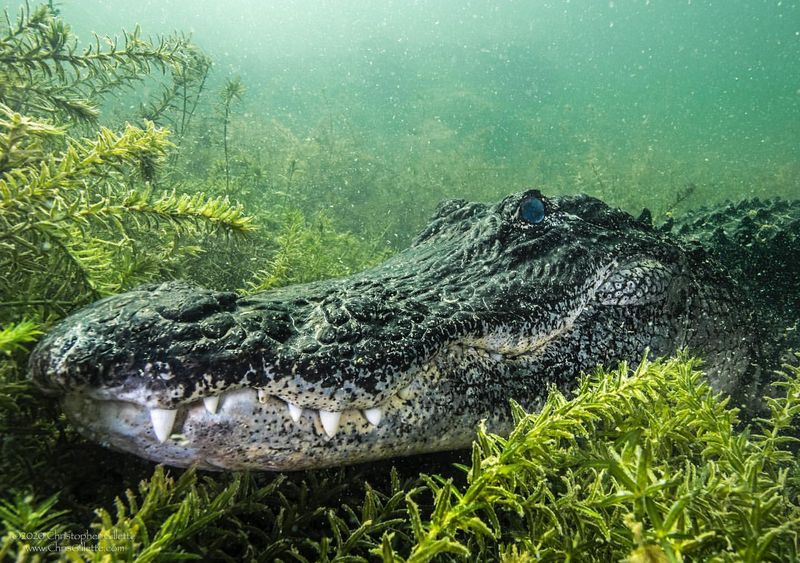
Their skin is covered with tough, bumpy scales known as scutes, providing robust protection against predators and environmental hazards. These scutes also help them with stealthy movements in water. The toughness of alligator skin is further enhanced by bony deposits, making it resistant to injury and abrasion.
This resilience is key to their survival in the wild, where they face threats from both natural predators and human activities. In addition to protection, their skin plays a role in thermoregulation. By basking in the sun, alligators can absorb heat, which is crucial for their cold-blooded physiology.
This blend of protection, warmth absorption, and stealth makes alligator skin a vital adaptation for thriving in swampy habitats.
10. Turtle
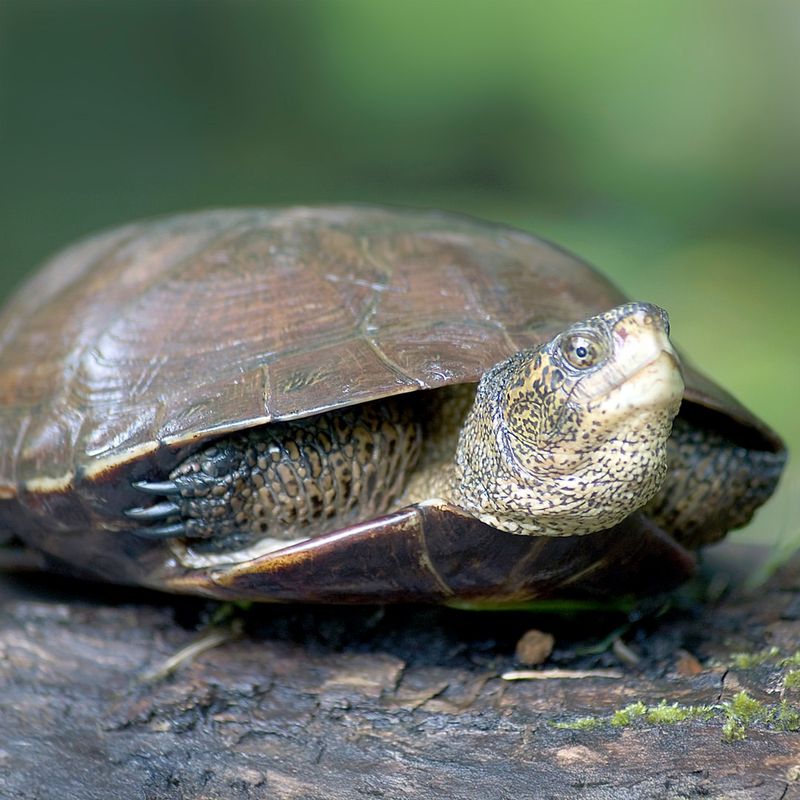
Turtles are renowned for their distinctive shells, but their skin plays an equally vital role in their survival. Their leathery skin, often overlooked, provides additional protection and flexibility that complements their hard shell.
This tough skin helps turtles move through water and on land, protecting against cuts and abrasions from sharp objects. It also aids in moisture retention, essential for their survival in various environments.
Moreover, turtle skin assists in camouflage, with different species featuring colors and patterns that blend seamlessly into their habitats. This combination of protection, moisture retention, and camouflage underscores the importance of turtle skin in their evolutionary success.
11. Walrus
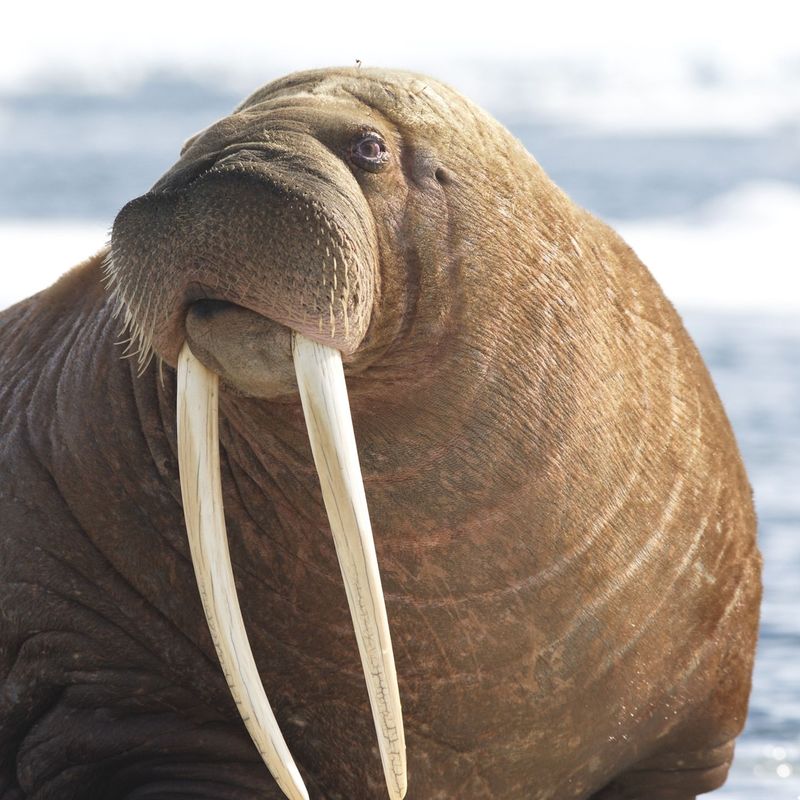
These fascinating marine mammals are known for their prominent tusks and thick skin. This thick, wrinkled hide can be up to four inches thick, providing a sturdy barrier against the frigid Arctic waters and sharp ice.
The skin’s resilience is vital for walruses, offering protection against predators such as polar bears and orcas. It also helps retain body heat, essential for surviving in their icy habitat. In addition to protection, the skin aids in social interactions.
Male walruses use their skin to display dominance and attract mates, showcasing scars and wrinkles as a testament to their strength. This multifaceted role makes walrus skin a key component of their survival strategy in the Arctic.
12. Shark
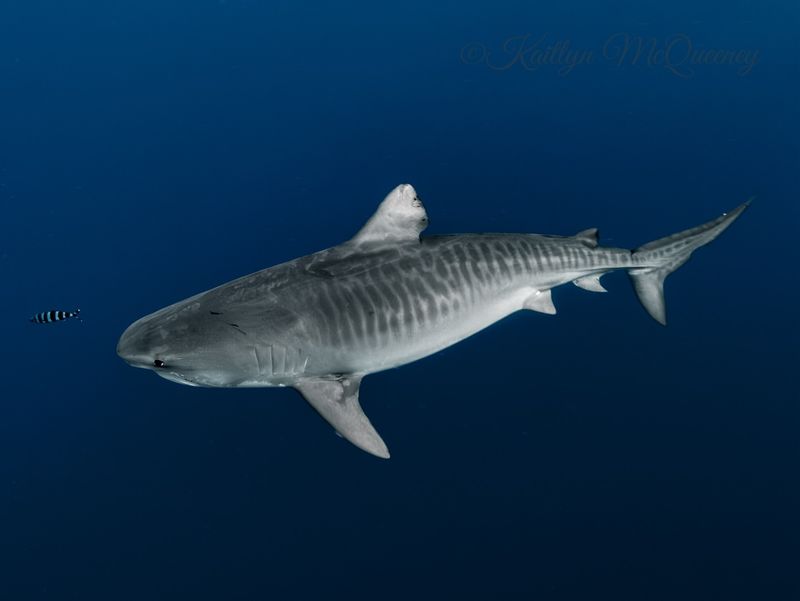
Sharks are iconic ocean predators with skin that is as unique as it is tough. Their skin is covered in tiny, tooth-like structures called dermal denticles, which reduce drag and noise, enabling them to glide effortlessly through water.
This rough, sandpaper-like texture provides protection against parasites and injuries, as well as a defensive mechanism against potential threats. The durability of shark skin is a crucial factor in their success as apex predators.
Shark skin also plays a role in heat regulation, allowing some species to inhabit cold waters by retaining heat generated by their active swimming. This combination of hydrodynamics, protection, and temperature regulation highlights the essential nature of shark skin in their oceanic dominance.
13. Mole Rat
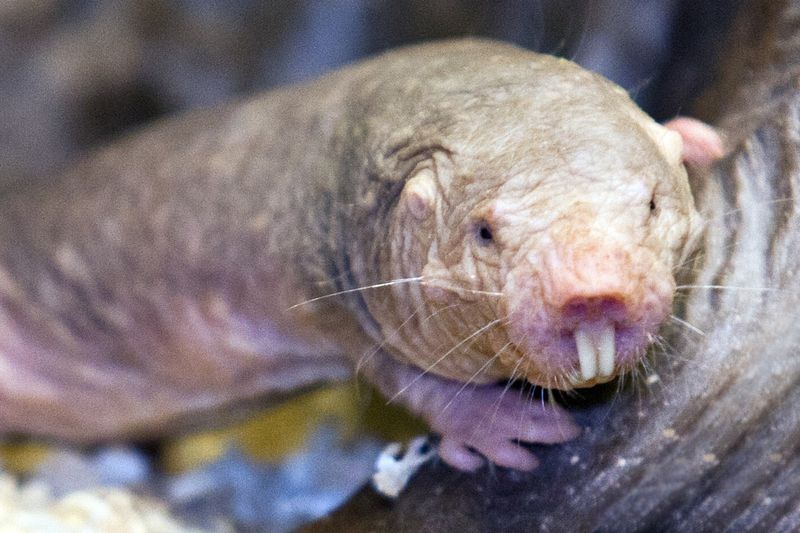
These intriguing subterranean creatures have skin adapted to their burrowing lifestyle. Their loose, wrinkled skin allows them to move backward as easily as forward in their tunnels, providing flexibility that is crucial for life underground.
This skin also protects them from the abrasive nature of soil and potential predators. The wrinkles help in dispersing pressure, reducing injury while navigating their tight, cramped habitats. Furthermore, mole rats’ skin aids in thermoregulation, allowing them to maintain a stable body temperature despite the varying conditions of their subterranean homes.
This combination of flexibility, protection, and temperature control makes mole rat skin an essential adaptation for their unique lifestyle.
14. Thorny Devil
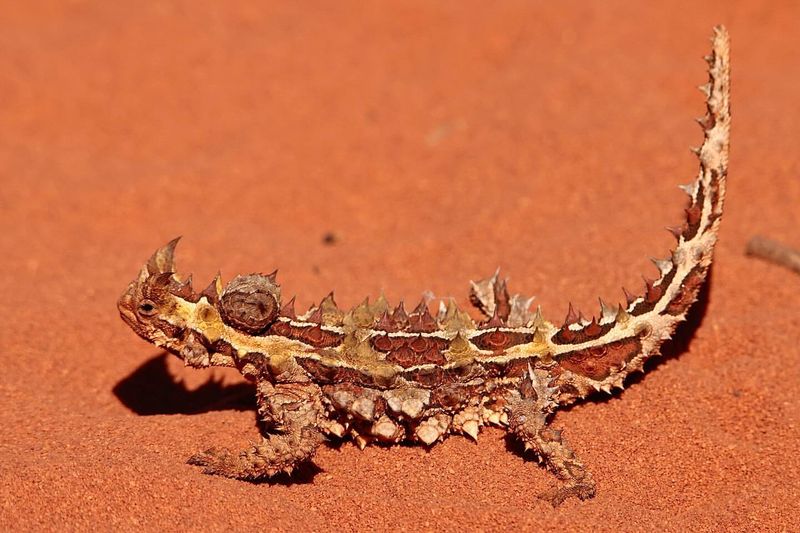
The thorny devil is an extraordinary lizard native to Australia’s deserts, known for its distinctive spiky skin. These spikes serve as a defense mechanism, deterring predators from attempting to eat them. Beyond protection, the thorny devil’s skin plays a crucial role in water collection.
Capillary action between the skin’s grooves allows them to channel dew and rain directly to their mouths, an essential adaptation in their arid environment. This specialized skin also helps in thermoregulation, allowing the thorny devil to survive temperature extremes.
The combination of defense, hydration, and temperature management underscores the vital importance of their tough skin in thriving in harsh desert conditions.


